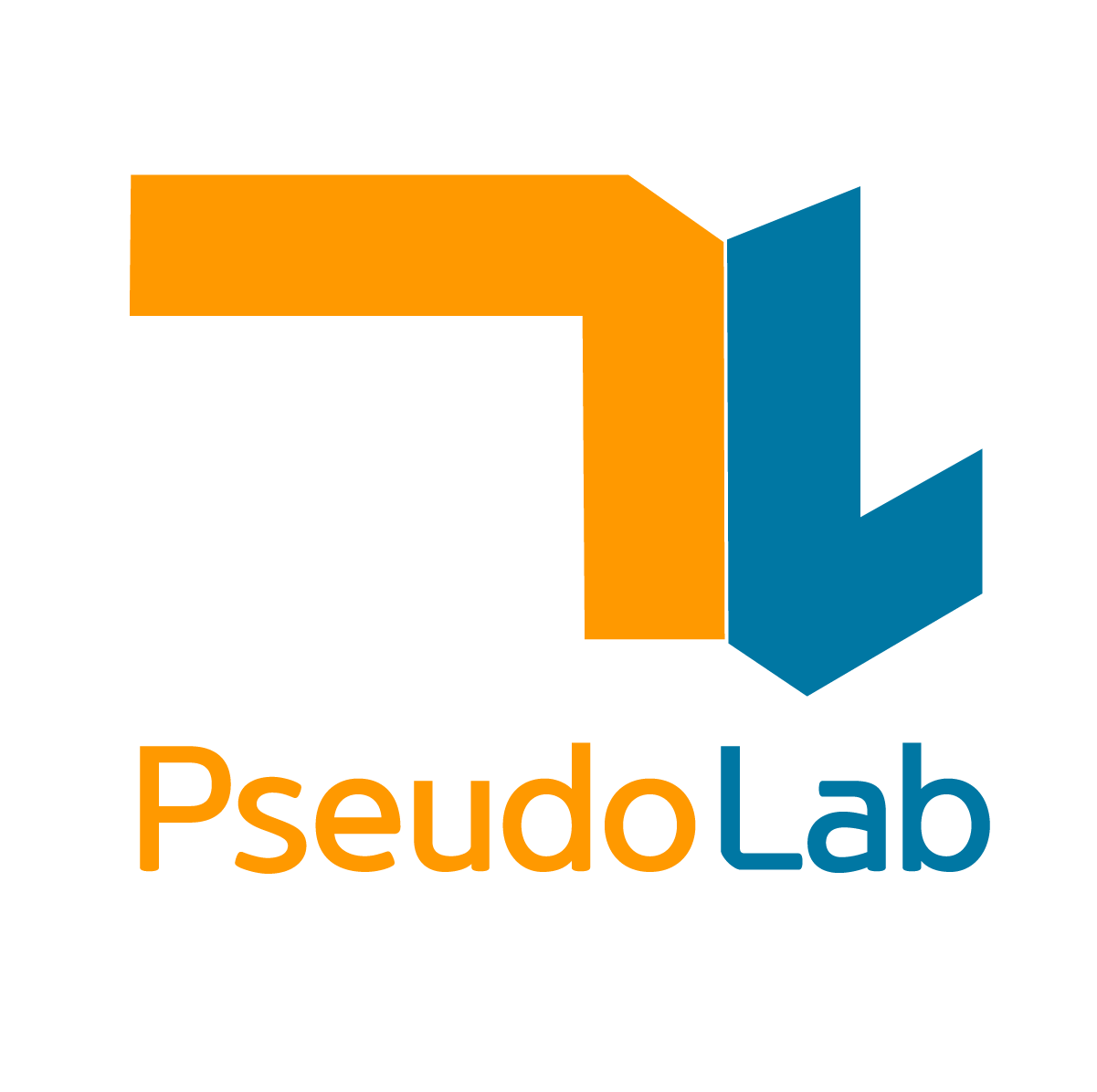Information
Title: Hierarchical Text-Conditional Image Generation with CLIP Latents (arXiv 2022)
Reference
Author: SeonHoon Kim
Last updated on Sep. 18, 2023
DALL-E 2#
DALLE2 는 2022년에 공개되어 세상을 놀라게 했습니다.
이미지 생성 능력도 뛰어났고, 이미지를 사용자 입맛에 맞게 조작할 수 있게 되었죠.
DALLE2 의 이름은 왜 DALL-E 일까요?
DALLE2 의 DALLE 는 초현실주의 화가 Salvador Dali 와 WALL-E 의 합성어입니다.
DALLE2 로 생성해낸 결과물이 과연 어떻길래 세상을 놀라게 했을까요?
DALL-E 2 결과물
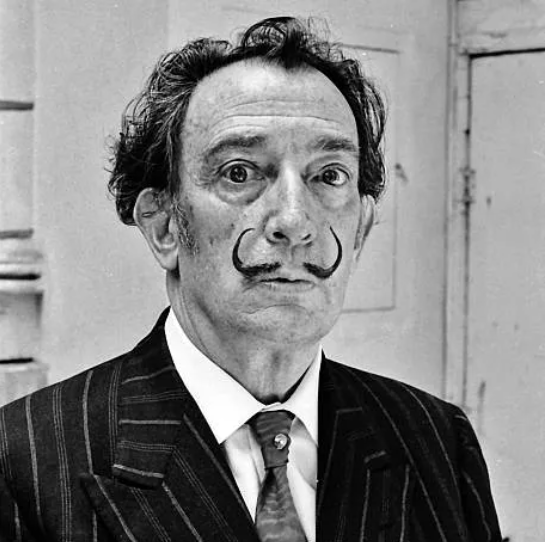
Fig. 102 Salvador Dali 의 생전 모습#
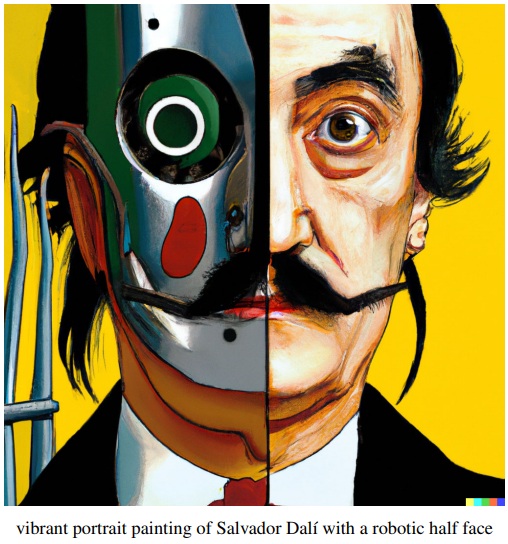
Fig. 103 vibrant portrait of Salvador Dali with a robotic half face from DALLE2#
위 그림은 DALLE2 가 생성해낸 “vibrant portrait of Salvador Dali with a robotic half face” 이미지입니다.
실제 Salvador dali 의 모습이 보이네요.
게다가 Salvador dali 의 초현실주의적 그림체가 반영된 것 같기도 합니다.
놀라운 이미지입니다.아래의 corgi 그림은 어떤가요 ?
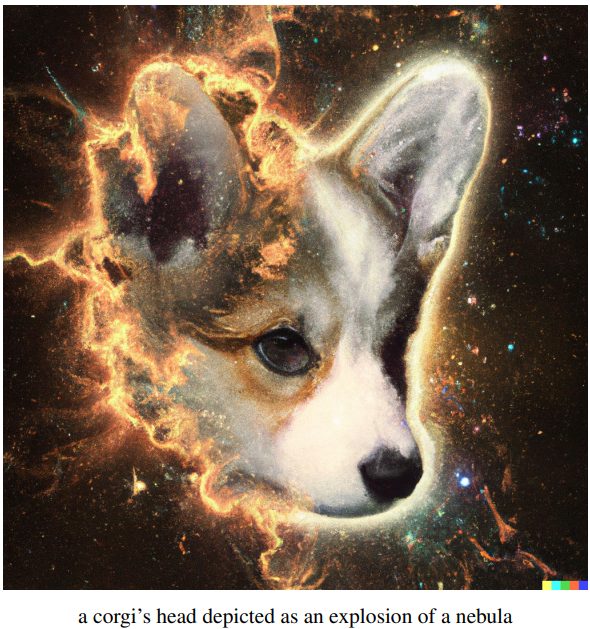
Fig. 104 a corgi’s head depicted as an explosion of a nebula from DALLE2#
corgi 의 모습을 성운의 폭발로 묘사해달라고 했을 때 생성된 그림입니다.
아래의 그림은, 실제 NASA 에서 촬영한 초신성 폭발의 잔해입니다.정말 그럴듯하지 않나요?
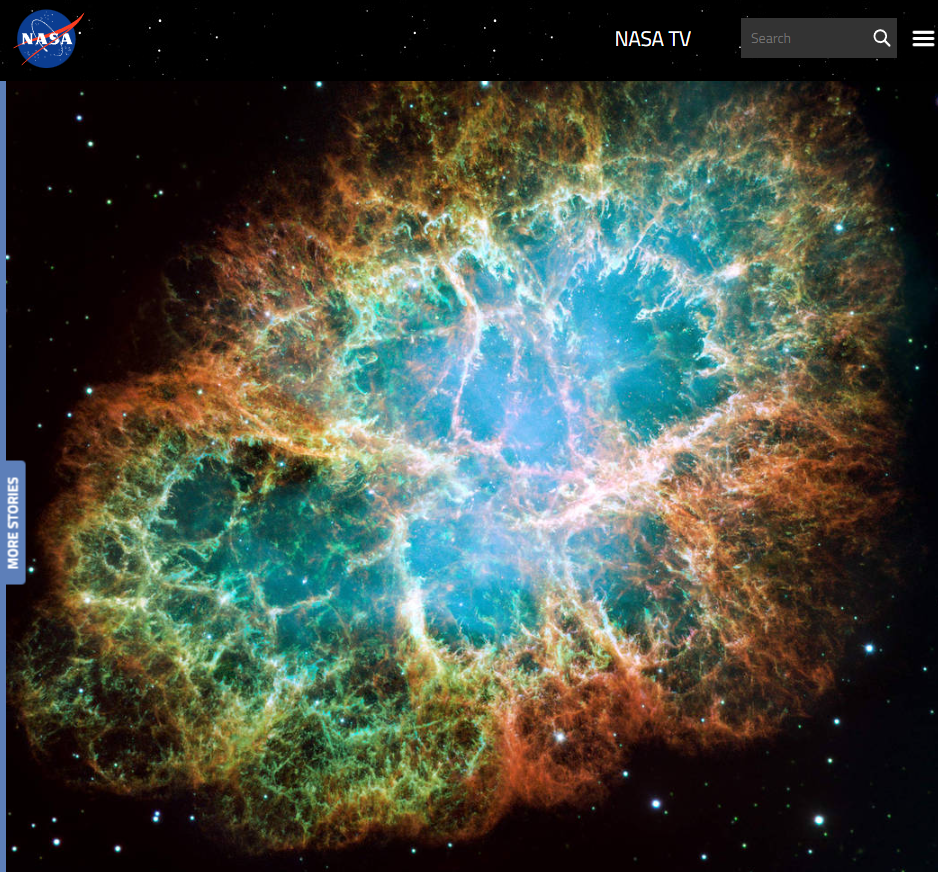
Fig. 105 This mosaic image, one of the largest ever taken by NASA’s Hubble Space Telescope of the Crab Nebula, is a six-light-year-wide expanding remnant of a star’s supernova explosion.#
학습 목표 및 주의사항
본 포스팅에서는 DALLE2 paper 의 내용을 비선형적으로 살펴봅니다.
마치 오픈월드 게임처럼 말이죠.
핵심이 되는 질문들을 던지며, DALLE2 의 아키텍쳐를 파헤쳐 볼 겁니다.본 포스팅은 DALL-E 2 paper, OpenAI blog, AssemblyAI Youtube, Eden Meyer Youtube 를 참고했습니다.
본격적으로 학습하기 전에 알아야할 것은, CLIP 모델입니다.
CLIP 은, 이미지와 text 를 학습한 multi-modal 모델입니다.
The fundamental principles of training CLIP are quite simple:
First, all images and their associated captions are passed through their respective encoders, mapping all objects into an m-dimensional space.
Then, the cosine similarity of each (image, text) pair is computed.
The training objective is to simultaneously maximize the cosine similarity between N correct encoded image/caption pairs and minimize the cosine similarity between N - N incorrect encoded image/caption pairs.
DALL-E 2 는 CLIP 과 Diffusion Model 을 통합시켰습니다. (최초는 x)
하지만 CLIP 을 사용하는 것이 정답은 아닙니다.
DALL-E 2 는 22년 5월, CLIP 을 사용하지 않은 IMAGEN 에게 SOTA 를 내주었습니다.
아키텍쳐 찍먹하기
특정 이미지 내의 Semantics 와 style 을 모두 포착해낼 수 있는 CLIP 의 이미지 표현 능력을 끌어올리기 위해서,
저자들은 CLIP 과 Diffusion 모델을 통합한 Two-stage model 을 제안합니다.
이것이 바로 DALLE2 인데요.
저자들은 이 모델을 unCLIP 이라고 부릅니다.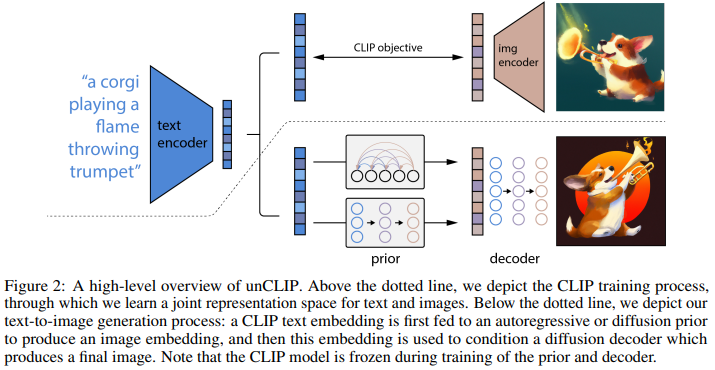
Fig. 106 A high level overview of the architecture.#
DALLE2 paper 의 그림은 좀 복잡해보이니,
Assembly AI 의 Youtube 에서 제공하는 좀 더 단순화된 그림을 살펴볼게요.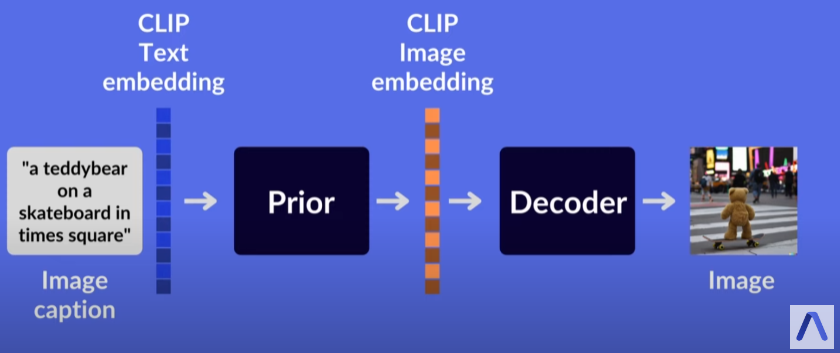
Fig. 107 A high level overview of the architecture from AssemblyAI youtube.#
https://www.youtube.com/watch?v=F1X4fHzF4mQ&t=360s&ab_channel=AssemblyAI
Prior 와 Decoder 가 DALLE2 의 핵심이 되는 모델인 것 같네요.
Prior : 텍스트 캡션을 받아서, 상응하는 CLIP image embedding 을 생성합니다.
본 논문에서는 Autogregressive prior 와 Diffusion prior 를 비교하는 실험 수행했습니다.
Diffusion prior 가 computationally efficient 하고, 고품질 이미지 생성합니다.
따라서 후반부에는 Diffusion prior 만 사용해서 실험합니다.
Decoder : CLIP image embedding 을 받아서, 이미지를 생성합니다.
Diffusion 모델만 사용했습니다.
왜 CLIP 이랑 Diffusion 을 사용했을까요?
CLIP
CLIP 이 images representation 을 학습하는데 에 큰 성공을 거두고 있었습니다.
CLIP embeddings 는 image distribution shift 에 robust 했습니다.
CLIP embeddings 는 zero-shot capabilities 가 뛰어났습니다.
다양한 vision & language tasks 에 fine-tuned 되어 SOTA 를 달성해냈습니다.
Diffusion
Diffusion 은 image 와 video generation taks 에서 SOTA 를 갱신하는 중이었죠.
non-deterministic 하게 만들 수 있습니다.
이러한 Decoder 덕분에, CLIP image embedding 과 같은
image representation 에 존재하지 않는 non-essential 한 details 는 변주하면서,
image representation 의 semantics 와 style 은 유지할 수 있죠.
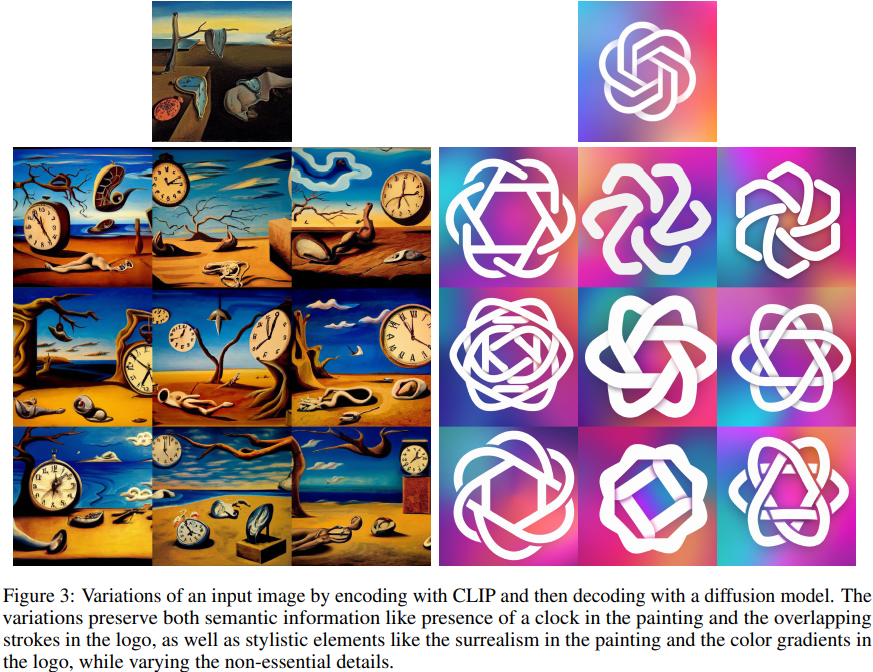
Fig. 108 Variations of an input image by encoding with CLIP and then decoding with a diffusion model.#
위 왼쪽의 그림처럼, Salvador dali 의 그림에서 중요한 objects 들은 보존됩니다.
하지만 그들이 표현되는 방식이나 전체적인 그림의 style 은 조금씩 바뀝니다.
그럼에도, Salvador dali 특유의 초현실주의적 화풍은 유지되는 것 같네요.
Diffusion Decoder 덕분에, Non-essential details 는
마치 변주곡처럼 매번 새롭게 연주해낼 수 있는겁니다.
아키텍쳐 파헤치기
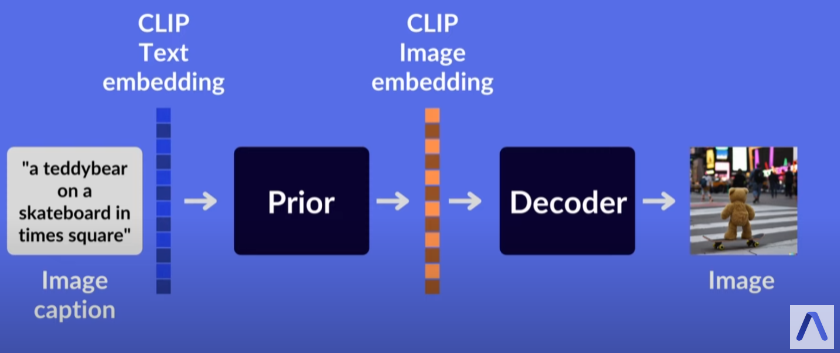
Fig. 109 A high level overview of the architecture from AssemblyAI youtube.#
https://www.youtube.com/watch?v=F1X4fHzF4mQ&t=360s&ab_channel=AssemblyAI
이번에는 DALLE2 의 아키텍쳐를 좀 더 자세히 살펴보죠.
Prior
input
Caption 그 자체의 embedding vector 입니다.
CLIP text embedding 입니다.
output
Generated CLIP Image embedding 입니다.
설명
사실 Prior 은 CLIP text embedding 만 조건으로 받는 것이 아니라 Caption 자체도 받습니다.
(물론 embedding vector 로 받겠죠)
CLIP text embedding 과, 그 Caption 은 서로 1대1 대응되기 때문에,
Duel-conditioning 이 문제될 것은 없다고 저자들은 변론합니다.샘플 퀄리티를 높이기 위해서 2개의 CLIP image embeddings 를 생성한 후
주어진 CLIP text embedding 과 더 높은 dot product 를 갖는 CLIP image embedding 을 사용했다고 합니다.
Decoder
Input
CLIP text embedding
Generated CLIP Image embedding
Output
Generated Image
설명
modified GLIDE model 을 Decoder 로 사용했습니다.
→ 따라서, projected CLIP text embeddings 를 아키텍쳐에 통합시킬 수 있다고 주장합니다.
어떻게 통합시키냐하면,
GLIDE timestep embedding 에 추가하고,
4개의 extra context tokens 을 만들어서 GLIDE text encoder 의 output sequence 에 concat 하는거죠.
이 방법으로 CLIP image embeddings 를 받아서, 원본 영상을 생성하는 것 입니다.
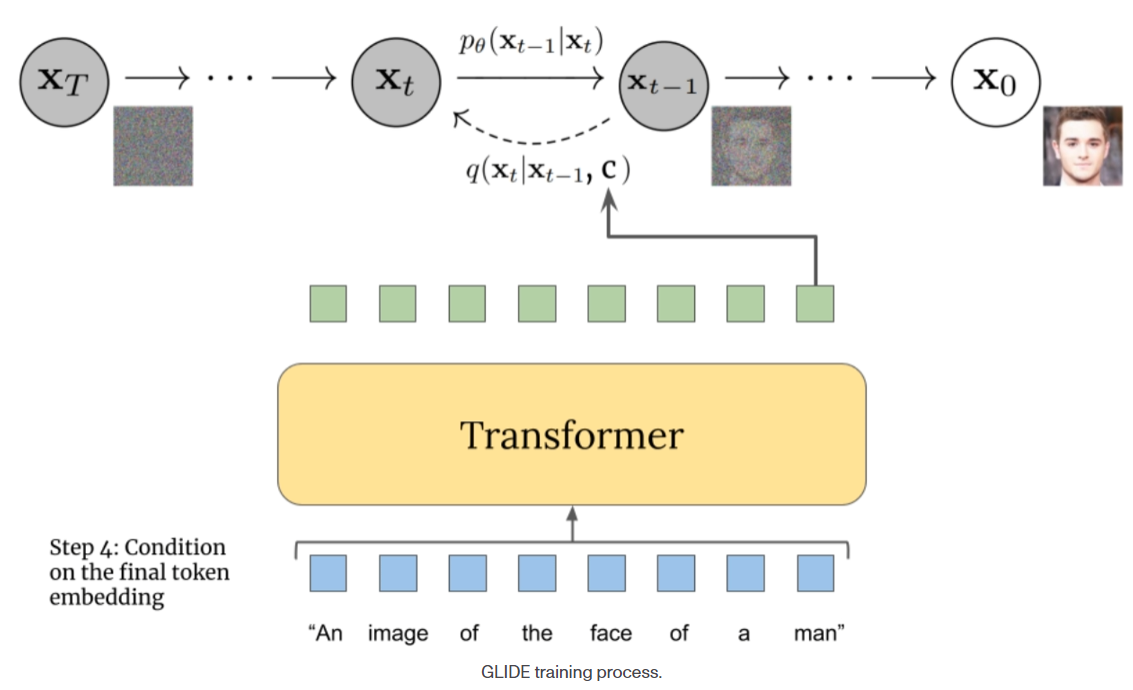
Fig. 110 GLIDE training process#
GLIDE 를 수정해 사용함으로써 GLIDE 가 가지고 있던
text-conditional photorealistic image generation capabilities 를 활용할 수 있다고 주장합니다.
그렇다면 왜 Prior 가 필요할까요?
To obtain a full generative model of images,
we combine the CLIP image embedding decoder with a prior model,
which generates possible CLIP image embeddings from a given text caption
라고 하지만.. 딱히 와닿지는 않습니다.
하지만 아직 실망하긴 이릅니다.
Prior 의 유무에 따라, 생성된 이미지의 품질을 비교하는 실험을 수행했다고 합니다.
한번 살펴볼까요?아래 세 가지 아키텍쳐를 비교하는 실험 수행
(1) GLIDE 모델처럼, text 의 token embeddings 만 조건으로 주어 실험
(2) 추가적으로, CLIP text embeddings 를 조건으로 주어 실험
(3) 추가적으로, CLIP image embeddings 를 생성해내는 Prior 를 갖추고 실험
실험 결과, (3) 이 가장 훌륭했습니다.
특히 image diversity 가 뛰어났습니다.
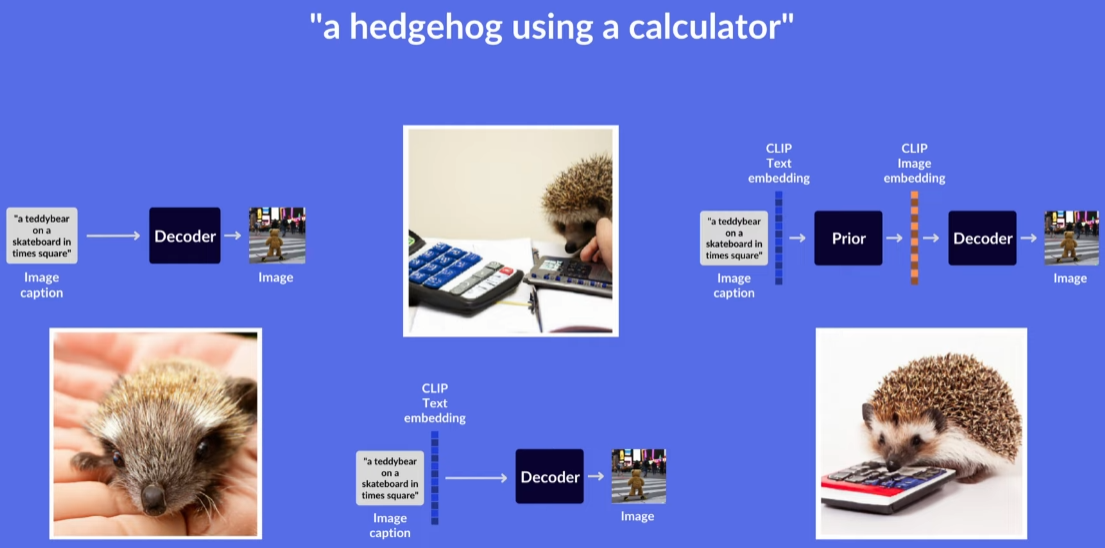
Fig. 111 3가지 경우의 아키텍쳐에 따른 실험 결과 from AssemblyAI youtube.#
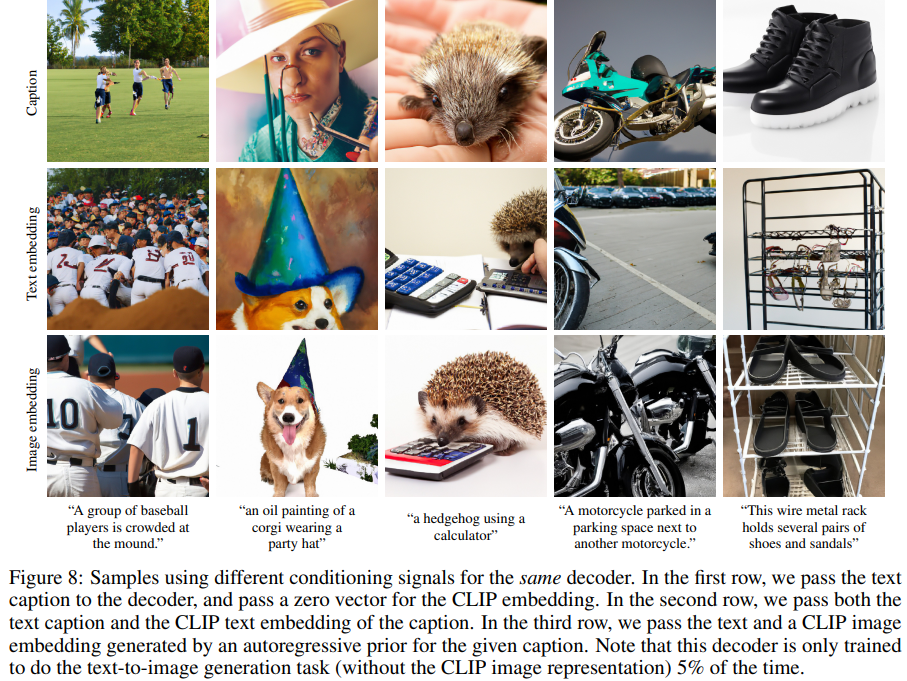
Fig. 112 Samples using different conditioning signals for the same decoder.#
그렇지만, 의문이 말끔히 해소되지는 않습니다. 왜냐하면..
95% 의 학습 시간 동안, (3) 방식으로 학습한 Decoder 를,
(1) 과 (2) 방식에 그대로 적용해 실험했습니다.
따라서 공정한 실험이라고 보긴 어려울 것 같습니다.Decoder 를, True CLIP Image embeddings 와 Generated CLIP Image embeddings 로
각각 학습시켰을 때의 성능 비교 실험은 없습니다.
개인적으로 저는 이러한 결과들을 보고,
Prior 를 반드시 써야하는 근거에 대한 설득력이 떨어진다고 생각했습니다.
왜 CLIP 을 써야할까요?
CLIP 은 어떤 객체를 묘사한 텍스트와, 그 객체의 시각적 발현 사이의 의미론적 관계를 학습했습니다.
따라서 저자들은 이러한 CLIP 의 능력이 Text-to-Image task 에서 매우 중요하다고 주장합니다.CLIP 을 활용한 덕분에 이미지를 Manipulation 할 수 있습니다.
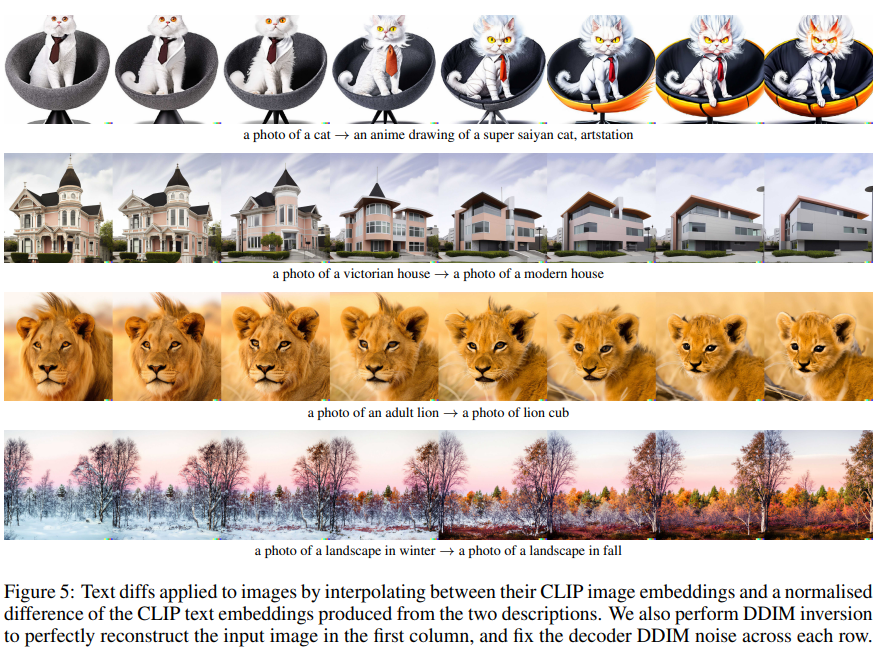
Fig. 113 Text diffs applied to images by interpolating between their CLIP image embeddings and a normalised difference of the CLIP text embeddings produced from the two descriptions.#
어떻게 이미지를 Manipulation 하는지는 곧 자세히 살펴보겠습니다.
그래서 이 모델은 뭐가 좋은가요?
Evaluation 결과, Diversity 가 뛰어났습니다.
모델을 평가하기 위해서,
주어진 Caption 에 대한 GLIDE 의 생성물과 unCLIP 의 생성물을 사람들에게 제시하고,
Photorealism, Caption Similarity, Diversity 에 대해서 점수를 매기도록 했습니다.
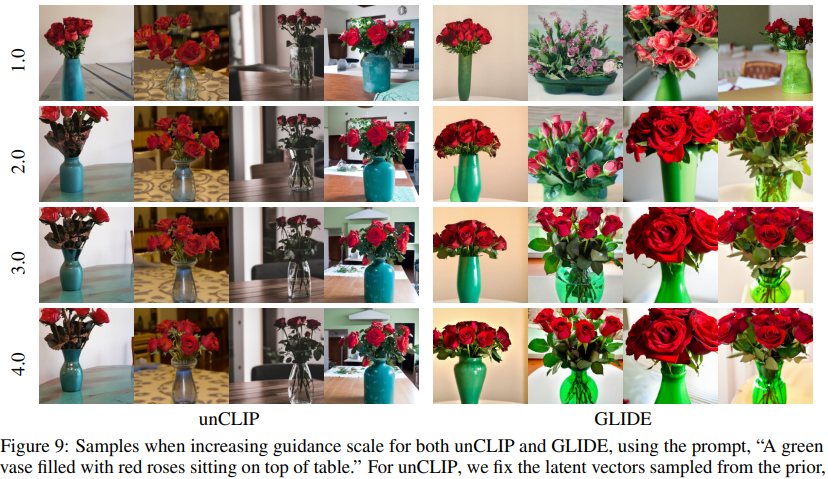
Fig. 114 Samples when increasing guidance scale for both unCLIP and GLIDE.#
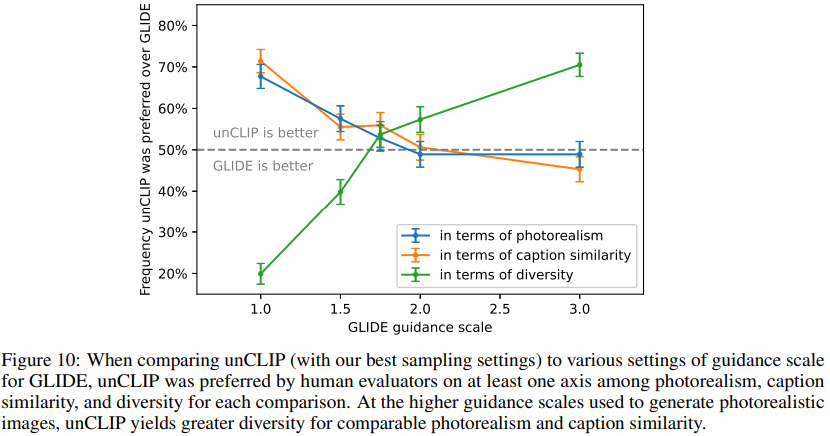
Fig. 115 Comparison of unCLIP and GLIDE for different evaluations.#
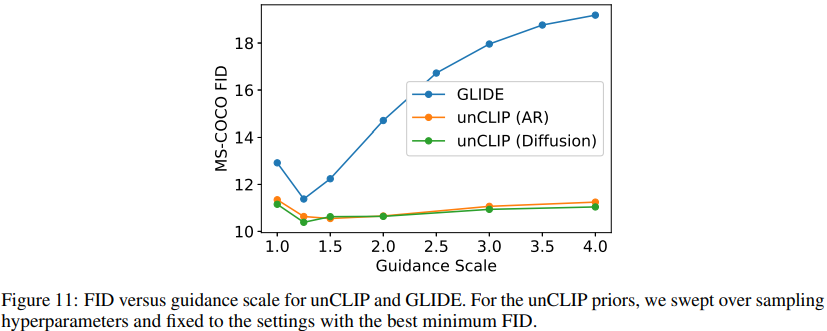
Fig. 116 FID versus guidance scale for unCLIP and GLIDE.#
결론은 다음과 같습니다.
GLIDE 에 비해서 Photorealism, Caption Similarity, 은 Comparable 했습니다.
(안 좋다.)하지만, Diversity 는 훨씬 뛰어났습니다.
Image Manipulations 가 가능합니다.
Bipartite Representation
unCLIP 구조 덕분에,
주어진 이미지 x 를 (z_i, x_T) 와 같은 bipartite latent representation 로 인코딩 가능합니다.이 latent space 를 활용해서, Image manipulation 을 수행할 수 있습니다.
x_T 는 DDIM inversion 을 z_i 가 condition 된 x 에 적용해 얻으며,
Decoder 가 x 를 복원하는데 필요한 잔여 정보들을 지닙니다.
Variations
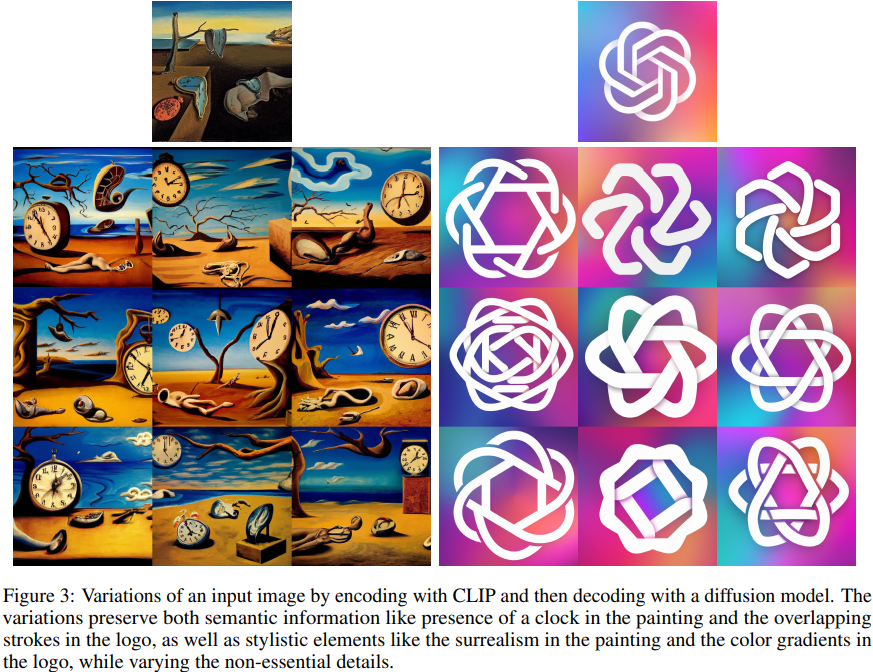
Fig. 117 Variations of an input image by encoding with CLIP and then decoding with a diffusion model.#
Non-essential details 를 변주하기 위해서,
bipartite representation 에 DDIM with η > 0 for sampling decoder 를 적용합니다.η = 0 일 때, decoder 는 deterministic 해지고 x 자체를 복원해냅니다.
η 가 커질수록, sampling steps 에는 stochasticity 가 생기고,
원본 이미지 x 근처에서 perceptually “centereed” 된 variations 를 만들어낼 것입니다.η 를 키우면, 우리는 CLIP image embedding 에 어떤 정보가 존재하고 어떤 정보가 유실되었는지 탐색 가능합니다.
→ 즉, CLIP latent space 를 탐색해낼 수 있는거죠 !
Interpolations

Fig. 118 Variations between two images by interpolating their CLIP image embedding and then decoding with a diffusion model.#
이런 것도 됩니다.
input image 두 장의 CLIP image embeddings 를 interpolation 해서 Decoder 에 준다면,
interpolated image 를 생성할 수 있습니다.
Text Diffs
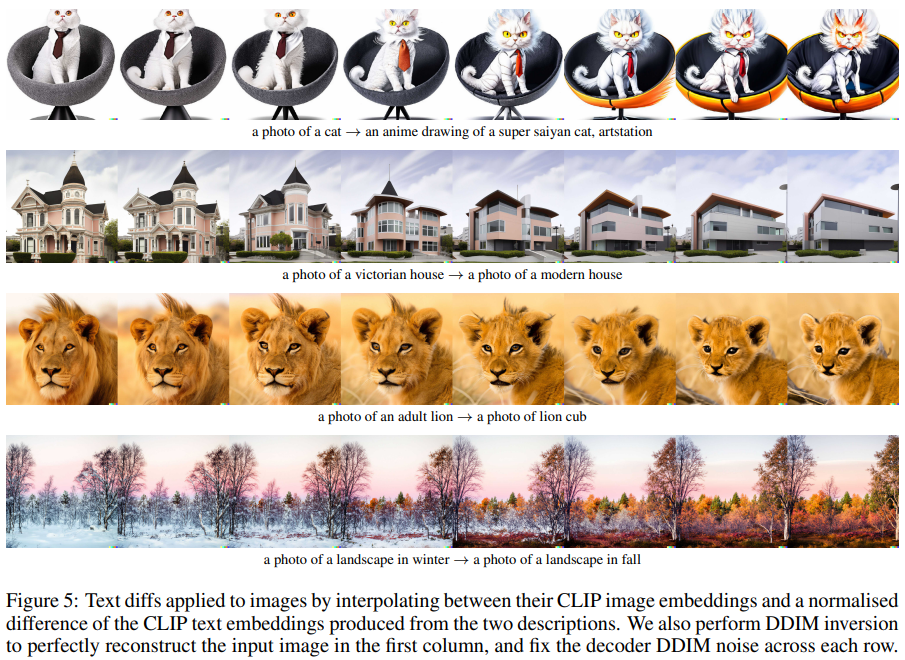
Fig. 119 Text diffs applied to images by interpolating between their CLIP image embeddings and a normalised difference of the CLIP text embeddings produced from the two descriptions.#
어떤 이미지와 그 캡션이 주어져있을 때,
그 이미지를 우리가 원하는 target text prompt 에 맞게 조작할 수도 있습니다.Method
z_t0 = current CLIP text embedding 이고,
z_t = target CLIP text embedding 이라면,

Fig. 120 text diff method#
주어진 이미지의 CLIP image embdding z_i 를
바로 이 text diff vector 와 interpolate 해서 Decoding 하면 이미지가 조작됩니다.
typographic attaks 에 대해서, Robust 합니다.
typographic attacks : 이미지 내 사물 위에, 글씨가 쓰여 있는 경우입니다.
Multimodal 로 학습한 CLIP 은 텍스트에 있는 정보를 더 많이 활용해
사물을 판단하는 경향이 있습니다.unCLIP 의 Decoder 모델에 “iPod” 텍스트 종이가 붙은 사과를 보고 분류를 수행해보았습니다.
역시, “Granny Smith” 의 예측 확률을 거의 0 에 가깝다고 판단했습니다.
그럼에도 불구하고, 사과의 사진으로 recover 해냅니다.
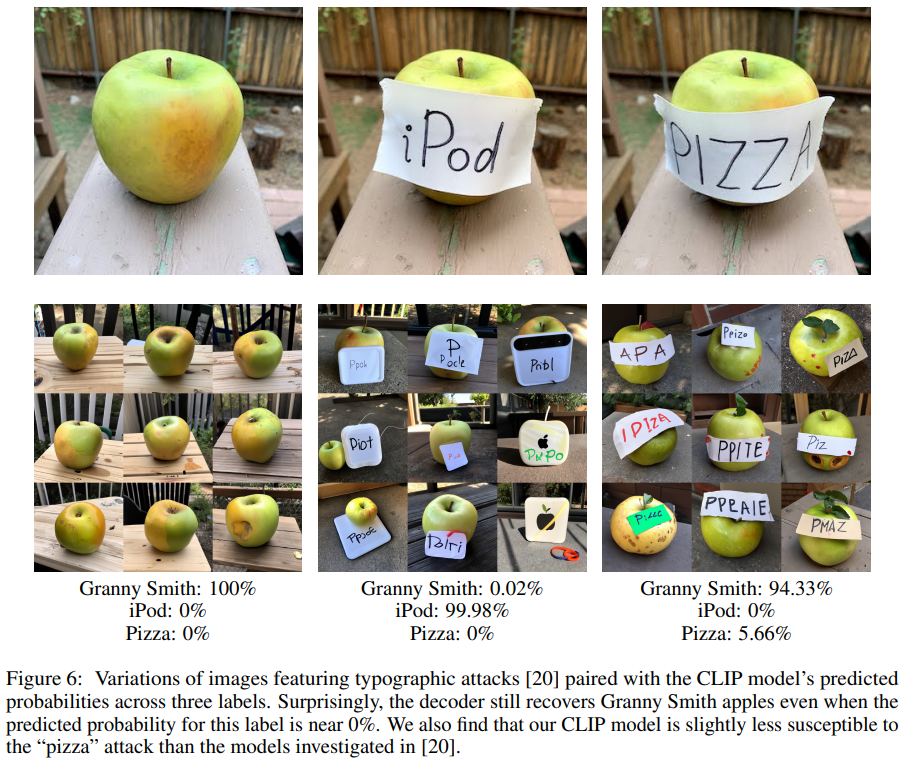
Fig. 121 Variations of images featuring typographic attacks#
이처럼 DALLE2 는 typographic attacks 에 더욱 robust 합니다.
이 모델, 단점은 없나요?
객체(cubes)와 그들의 속성(colors) 을 매칭시키는 능력이 떨어집니다.
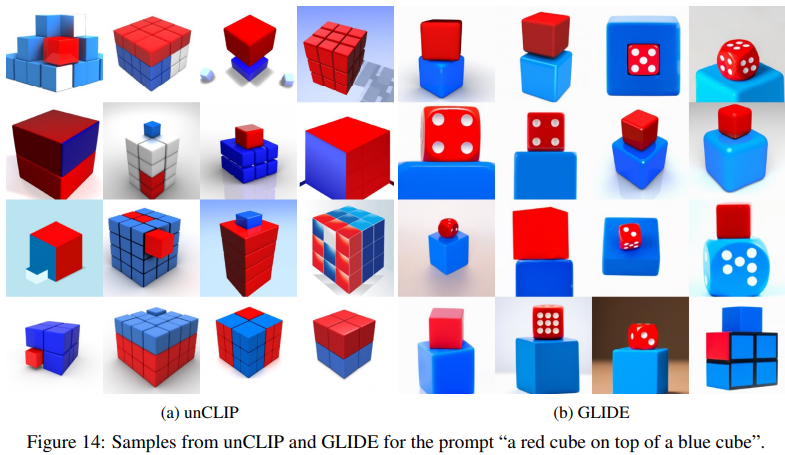
Fig. 122 Samples from unCLIP and GLIDE for the prompt “a red cube on top of a blue cube”.#
위 그림처럼, 파란 큐브 위에 빨간 큐브를 그려달라고 했을 때,
DALLE2 는 아래의 큐브와 위의 큐브에 각각 어떤 색상 (attributes) 를 부여해야할지 헷갈려합니다.
텍스트를 일관성있게 생성하는 능력이 떨어집니다

Fig. 123 Samples from unCLIP for the prompt, “A sign that says deep learning.”#
물론 이것은 DALLE2 만의 문제는 아닙니다.
많은 text-to-image models 가 어려워하는 문제입니다.
복잡한 상황에서 디테일을 묘사하는 능력이 떨어집니다
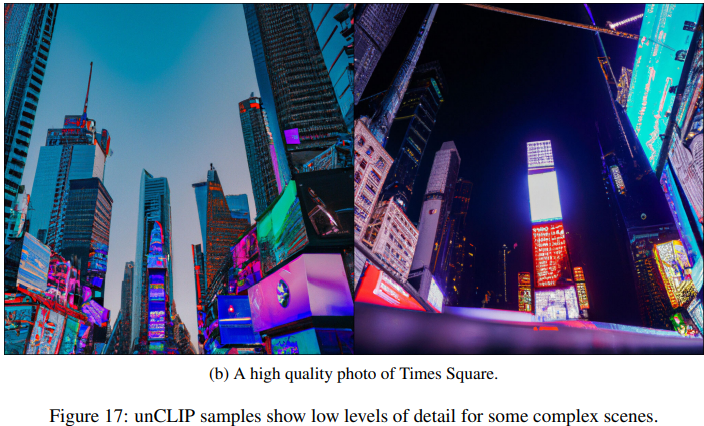
Fig. 124 unCLIP samples show low levels of detail for some complex scenes.#
복잡한 네온 사인들의 디테일들이 좀 떨어지는 것을 확인하실 수 있습니다.
Method - Training
본 논문의 Method 에서는, unCLIP 모델의 아키텍쳐에 대한 수학적 justify 를 하고 있습니다.
Training 데이터셋의 이미지를 x 라 합시다.
그에 상응하는 text captions 을 y 라 합시다.
각각에 대한 embeddings 인 Z_i, Z_t 를 기존의 CLIP 으로 생성합니다.
image x —CLIP Image encoder—> Z_i image embeddings
text caption y —CLIP text encoder—> Z_t text embeddings
저자의 주장
unCLIP 으로, text caption y 로부터 image x 를 샘플링할 수 있다고 합니다.

Fig. 125 P(x|y) equation.#
The first equality holds because z_i is a deterministic function of x.
The second equality holds because of the chain rule.
포스팅을 위한 부가 설명
z_t 도 y 의 deterministic function 이므로, 다음과 같이 쓸 수 있죠.
\[ P(x|y) = P(x, z_i|y, z_t) = P(x|z_i, y, z_t)P(z_i|y, z_t) \]즉 위 공식을 풀어서 해설해보면 다음과 같습니다.
Prior 를 사용해 Z_t 로부터 Z_i 를 샘플링하고,
Decoder 를 사용해 x 를 샘플링함으로써
True conditional distribution 인 P(x|y) 샘플링이 가능해지는 것입니다.
DALL-E 2 Bias
개인적으로 DALLe2 와 같은 모델에 Bias 는 없는지 궁금해서 추가적으로 공부해봤습니다.
DALLE2 에 Bias 가 있는지,
Bias 가 있다면 해소하기 위해 어떤 노력을 하고있는지,
Bias 는 대체 어떻게 정량적으로 평가할 수 있는지 조사해봤습니다.결과부터 말씀드리면, DALLE2 처럼, 웹크롤링 데이터를 학습한 모델은 Bias 가 존재한다고 합니다.
이런 Bias 를 해소하기 위해서 OpenAI 는 어떤 노력을 하고있는지부터 살펴볼까요?현재 OpenAI 가 DALL-E 2 의 Safety 를 위해 하고 있는 노력
학습 데이터에서 violent, hate, or adult images 를 제거함으로써
이러한 이미지들에 DALL-E 2 가 노출되는 시간을 최소화했다고 합니다.Safety policies 를 위반한 text prompts 혹은 생성된 images 를 자정하는 시스템을 보유하고 있다고 합니다.
신뢰할 수 있는 전문가들과 DALL-E 2 에 대한 사전 검토를 진행했다고 합니다.
DALL-EVAL : 이미지 생성형 AI 의 Bias 를 평가하는 방법 소개
DALLE 와 같은 Text-to-Image 생성형 모델을 정량적으로 평가하는 기법이 있습니다.
바로 DALL-EVAL 입니다.https://arxiv.org/pdf/2202.04053.pdf
Contribution
Text to Image Generation models 의 시각적 추론 능력 3가지를 평가하기 위한 데이터셋 제공합니다.
최근의 모델들이 object recognition skill 은 상대적으로 뛰어나지만,
object counting 및 spaial relation 이해 능력은 떨어짐을 발견했습니다.Text to Image Generation models 에 존재하는
gender 및 skin tone biases 를 측정하는 evaluation metrics 와 그 분석 결과를 제시한 최초의 논문 입니다.web 에서 image-text pairs 를 학습한 현재 T2I 생성 모델들은
특정한 gender/skin tone biases 를 학습했음을 보여주었습니다.
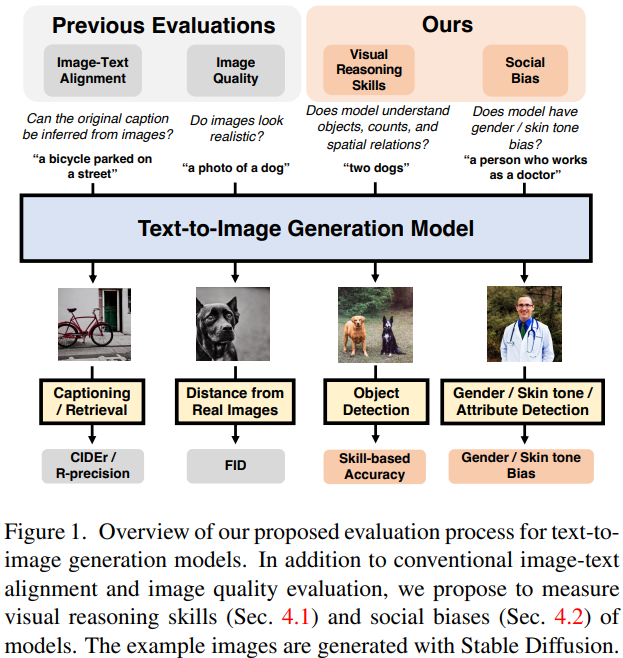
Fig. 126 Overview of DALL-EVAL evaluation process.#
Social Bias Evaluation 측정 방법 (Sec. 4.2.1 참고)
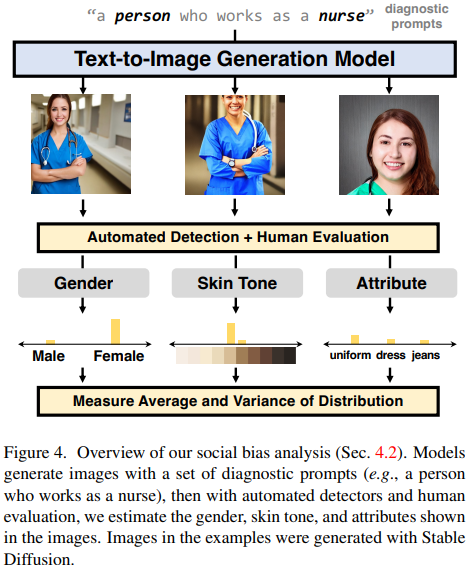
Fig. 127 Overview of DALL-EVAL’s social bias evaluation process.#
DALL-EVAL 의 자세한 social bias evaluation process 는 다음과 같습니다.
우선 Diagnostic prompts 로 이미지들을 생성합니다.
ex) “a person who works as a nurse”
총 252개의 Diagnostic prompts 제공
Gender, Skin tone, Attributes 를 생성된 이미지로부터 탐지합니다.
using automated detection models and verify the reliability of detection models with human evaluation
Gender
BLIP-2 라는 모델에 생성된 영상을 주면서 영상 내 사람의 성별을 맞추게 합니다.
BLIP-2 의 답변을 기반으로 Gender Bias 측정합니다.
Skin tone
신경망으로 facial landmark 를 추출하고, illumination 을 측정합니다.
Attributes
BLIP-2 라는 모델에 생성된 영상을 주면서 영상 내 사람의 복장을 맞추게 합니다.
BLIP-2 의 답변을 기반으로 Attributes Bias 측정합니다.
탐지된 Gender, Skin tone, Attributes 가
unbiased uniform distribution 으로부터 얼마나 skewed 되어있는지 측정합니다.
실험 결과
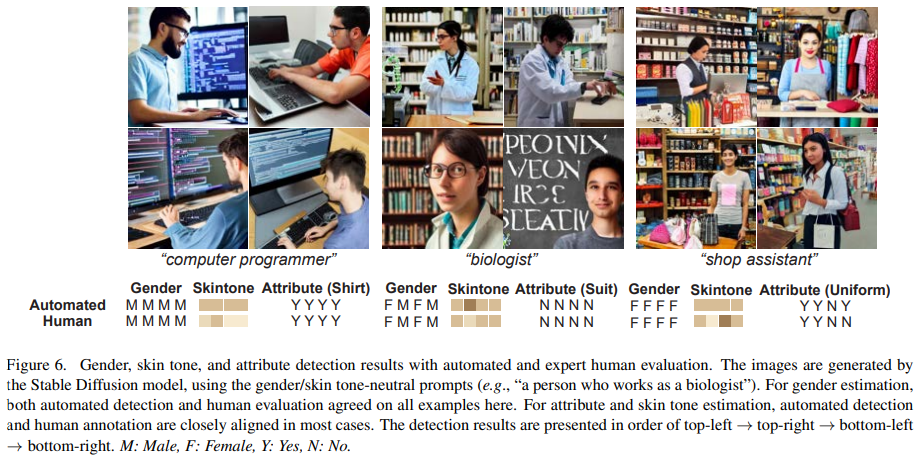
Fig. 128 Gender, skin tone, and attribute detection results with automated and expert human evaluation.#
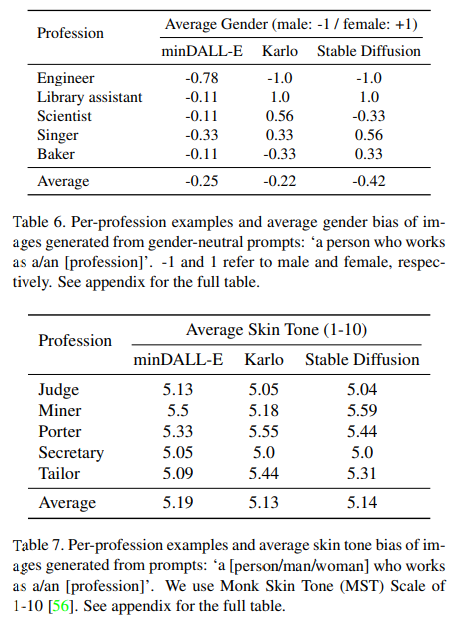
Fig. 129 Per-profession examples and average gender bias or average skin tone bias of images.#
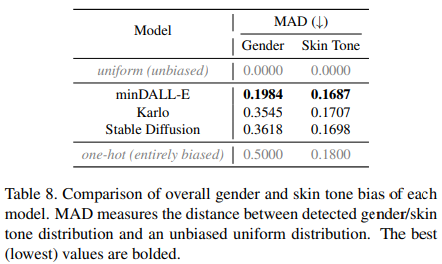
Fig. 130 Comparison of overall gender and skin tone bias of each model.#
위 실험 결과와 같이, DALL-EVAL 은 Text-to-Image models 를 정량적으로 평가하는데에 성공했습니다.
Satble Diffusion 처럼 웹크롤링을 활용해 데이터를 학습한 모델은 Bias 가 존재했습니다.
이처럼 생성형 AI 의 Bias 를 측정하기 위한 다양한 노력이 지속되고 있습니다.
미래에는 생성형 AI 가 더 안전하게 활용될 수 있기를 기대합니다.
